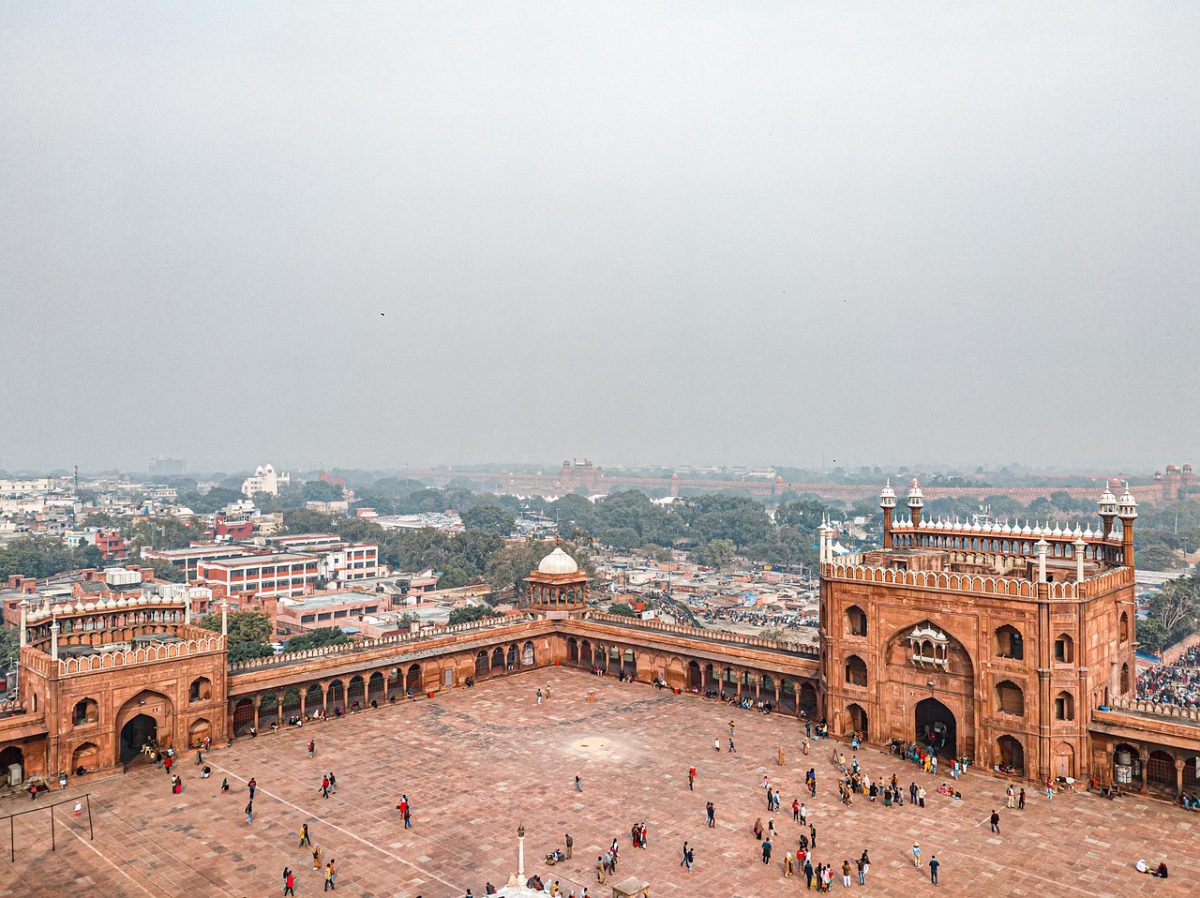- Featured real estate agent: We don't have one. Suggest one.
- Featured hotel: We don't have one. Suggest one.
- Featured immigration attorney: Samar Sandhu
- Featured tour guide: We don't have one. Suggest one.
Is there smog? Smoke? Here's what 11 local experts had to say about air quality in Delhi.
